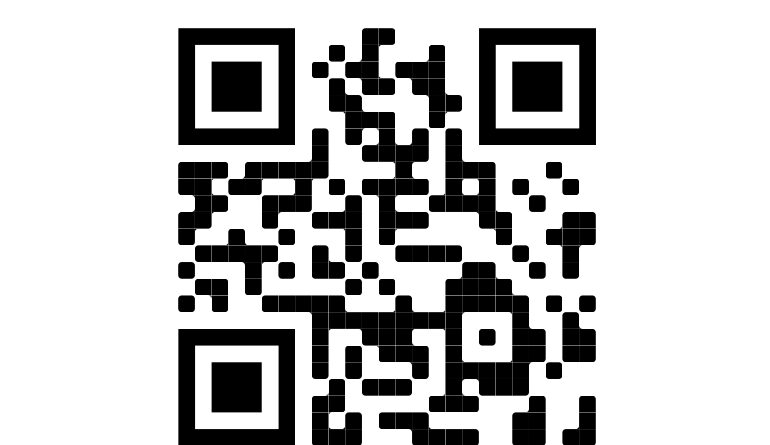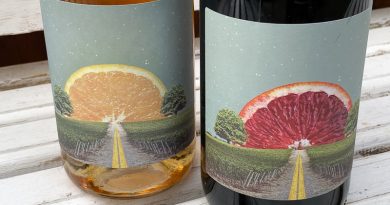The rebirth of the QR code
One of the beneficiaries of lockdown has been the QR code.
QR stands for ‘quick response’, and these square-grid machine-readable codes were first developed in the mid-1990s in Japan to help track automative parts.
These were first heralded as the future when they emerged in the noughties, along with the growth of the internet. But their adoption stalled. From 2011-2018 there are data in the USA showing that the number of scans actually decreased.
But lockdown, coupled with the fact that you no longer have to download an app, but can simply scan the codes with your phone camera, is changing this. Because of COVID restrictions, menus and wine lists have been replaced in many establishments by a laminated (cleanable) QR code glued to the table.
And contact track and trace forms are also linked from QR codes in many establishments.
This means that people have been using QR codes for the first time, through necessity rather than choice.
What does this mean for the wine and hospitality industries? It is creating some new opportunities for interaction with consumers. Once someone has got the hand of QR codes, it is likely that they will be more inclined to scan such a code on the back of a wine bottle.
I did this recently with a bottle of Toro Loco Organico. It took me to their YouTube channel and a zany, quirky film that didn’t tell me about the wine, but which had a sense of playfulness that might encourage brand loyalty or engagement on the part of their customer.
What should QR codes on bottles link to? It depends on the target market for the wine, and specifically the portion of that target market that might scan a QR code. You could offer your QR-scanning customers a number of destinations: what would you like to know? Or a quick video (although bear in mind that in many settings the customer won’t have their volume on, such as point-of-purchase settings like wine shops or restaurants).
Most importantly, customers will be accessing this through their mobile, so whatever you offer them it should be mobile optimized (which any website in 2020 should be, anyway!).
The thing is: it’s an opportunity to connect with customers, and it should be seized and maximised.
For restaurants, here is a great chance to do something creative with wine lists. But customers don’t want to spend half an hour on an electronic device, unless they are solo-dining wine geeks or are with a dining companion they dislike.
What about offering different versions of the wine list, optimized for different customers, easy to navigate, with clear guidance helping the customer choose the right wine list for their needs, and then allowing them to find a suitable wine. There are lots of possibilities.
[The image at the top of this page is a QR code I generated on a free online site in two minutes, linking to a video of me introducing my new book.]




